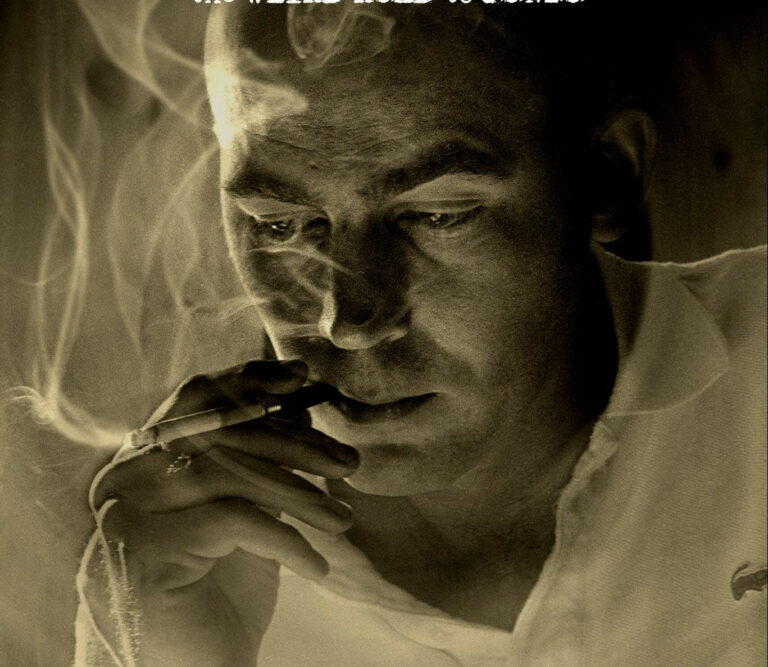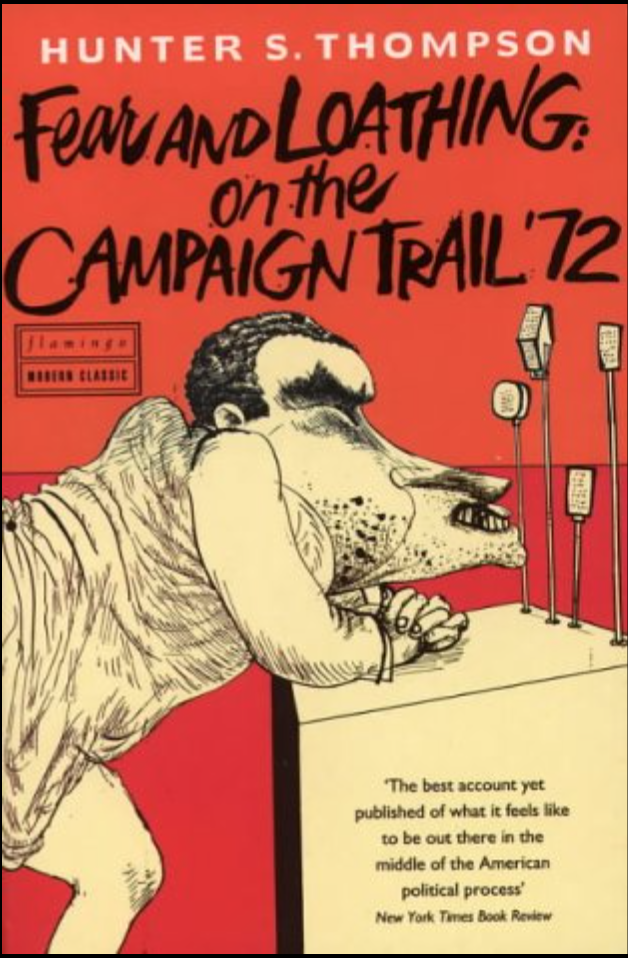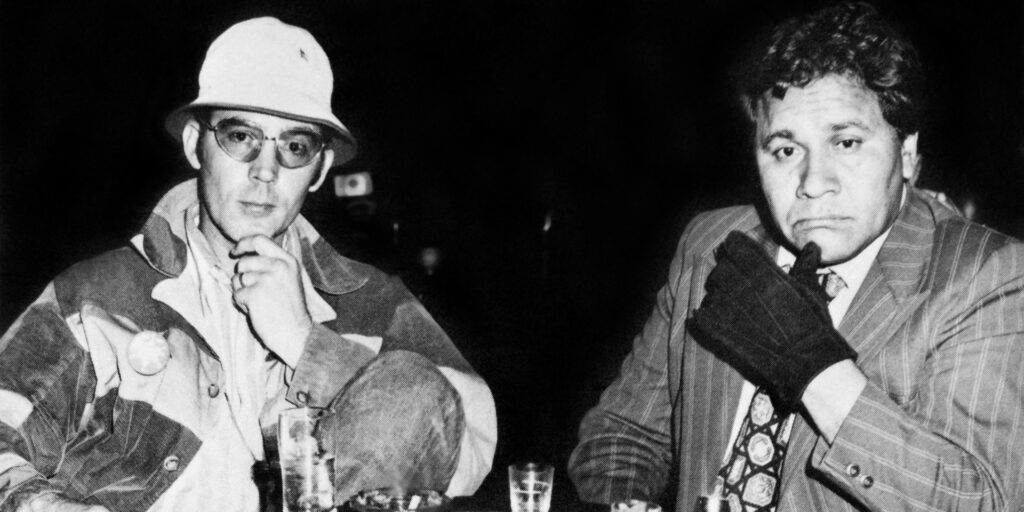Initially a three-candidate race, two candidates are left standing in the contest for Santa Cruz County’s 3rd District Supervisor spot that opened up when Ryan Coonerty announced he will not be running for another term.
In the Nov. 8 general election, Santa Cruz voters will decide between the two Santa Cruz City Council members who are in the running for the supervisorial seat: Justin Cummings and Shebreh Kalantari-Johnson.
Cummings is in his fourth year on the Santa Cruz City Council, and has served as mayor and vice-mayor. Kalantari-Johnson was elected in November 2020, and her term currently ends in December 2024.
IN THEIR WORDS
Kalantari-Johnson
“Solutions for our most pressing problems fail without effort. At all levels, we cannot afford to elect leaders who aspire to anything but a vigorous devotion to the work. As someone who prefers fortitude over photo-ops and results before rest, I’m already doing the work in the private sector and in service to the Santa Cruz City Council. I understand the job. My readiness is demonstrated by a lengthy record of achievement.
We’ve fallen behind in many areas. Homelessness has created unsafe conditions for neighborhoods, businesses, open spaces and those who are unhoused; wildfires have damaged whole communities, and threaten to do so again if we do not make changes to our responding infrastructure; children and youth are not prioritized even when we know upstream investments are significantly more effective than negative downstream consequences; and we can do much more to invigorate our economy while responding to climate change.
As a businesswoman, not only have I secured over $40 million in outside funding for human services and public health, but I’m also experienced and have expertise implementing prevention and intervention programs. Since counties are the primary funders of safety-net services, your vote will allow me to expand our resources through deepened state, federal and private partnerships.
We must comprehensively address our most pressing problems. For example, if we are to make a dent in the growth of unmanaged encampments, substance use disorders and mental health needs, we can’t just intervene at the point of impact—we must center children in all decisions. Do we have quality early learning environments, accessible childcare, youth programming and career readiness? Are families supported with stable housing, good jobs and health care? Can teachers and other service professionals afford to live here? Are our streets safe for play and for travel to and from school?
As a mother, I will always ask these basic yet essential questions.
I’ve known the beauty of this region and the generosity of our people for decades, first as a UCSC student, and after when I decided to make Santa Cruz my permanent home. It’s with heartfelt concern and the protective energy of a mother that I’m running for Santa Cruz County Supervisor.”
Cummings
“Santa Cruz prides itself on embracing and celebrating diversity, and understands the value of including diverse voices in positions of leadership. This November, the people of Santa Cruz will have an opportunity to elect a renter, an environmental scientist and the first Black person in history to the Board of County Supervisors. As we face a growing affordable housing crisis, climate crisis and homelessness crisis, we need leaders with recent lived experience to represent those who are most negatively impacted in our community in our local government.
Since being one of the first Black people ever elected to the Santa Cruz City Council in 2018, I have served in the capacity of city councilmember, vice-mayor and in 2020 served as the first Black mayor in the history of the City of Santa Cruz as we addressed the onset of Covid-19, social unrest after the murder of George Floyd and the CZU fires. I have served on over 20 different committees and commissions, and have been effective at bringing people together to come up with effective solutions to address challenging issues around Covid-19, affordable housing, social justice, public safety and many more.
As my term on the city council comes to an end, I have decided to run to continue my service on the county Board of Supervisors.
As county supervisor, I am committed to continuing to work with members of the community to make local government more accessible and transparent to those of us who have been historically excluded. I will continue to work to increase the amount of affordable housing in new developments, so that we build the housing that is most needed in our community. I’ll prioritize helping people rebuild from the CZU fires. We need to support social programs that provide safety nets for people who are most vulnerable in our community, so that we aren’t having more people end up homeless. Most importantly, we need to prioritize protecting our climate and environment, and develop in a way that is sustainable. As an environmental scientist, I will bring my professional skills to the board so we can be good stewards of our environment.
I have the experience and have demonstrated being effective at representing the voice of the people of Santa Cruz, which is why I have endorsements from more than 20 local, state and national organizations. I hope I can count on your support. Let’s make history together.”
SUPPORT
Kalantari-Johnson
Kalantari-Johnson’s endorsements include three sitting Santa Cruz City Council members—Renee Golder, Martine Watkins, Donna Meyers—current Mayor Sonja Brunner and five former Santa Cruz mayors.
She also holds the endorsement of outgoing 3rd District Supervisor Ryan Coonerty. Other notable names in her corner include Santa Cruz County Sheriff Jim Hart, District 5 Supervisor Bruce McPherson, County Superintendent of Schools Faris Sabbah and the mayors of Capitola and Scotts Valley.
Organizations backing Kalantari-Johnson include the Democratic Women’s Club of Santa Cruz, Planned Parenthood Advocates Mar Monte, Santa Cruz Together and Santa Cruz Yes In My Back Yard. Both the Santa Cruz County Deputy Sheriffs’ Association and the Santa Cruz Police Officers’ Association also gave their endorsement.
To date, Kalantari-Johnson has received a whopping $118,525.29 in donations to her campaign—nearly twice as much as Cummings has raised.
In her most recent filing, which spans the months of July to late September, Kalantari-Johnson received more than 60 donations—nearly 40% of her contributions for this period—from outside of Santa Cruz.
Most of her donations came in $500 chunks from various individuals and business owners, along with a few donations from committees, such as the Democratic Women’s Club of Santa Cruz, which donated $950 in total, and the Peace Officers Research Association of California PAC, which kicked $1,000 to the campaign.
Cummings
Among Cummings supporters, outgoing Santa Cruz County 4th District Supervisor Greg Caput stands out, along with Mayor Brunner and three former Santa Cruz mayors. Cummings list of endorsements runs lighter than Kalantari-Johnson’s, but includes a handful of high-profile education names such as County Board of Education Trustee Bruce VanAllen and Felipe Hernandez, a Cabrillo College Governing Board Trustee and 4th District Supervisorial candidate.
Cummings also has the support of three healthcare organizations, five union organizations and multiple left-leaning organizations, such as Santa Cruz For Bernie and Young Democratic Socialist of America.
In total, Cummings has raised $63,761 for his campaign. Compared to Kalantari-Johnson, in the most recent campaign filing, only about 13% of Cummings donations came from individuals and businesses outside of Santa Cruz County. Most of his contributions were smaller donations from people and businesses in the city of Santa Cruz.
But he has also received larger donations from labor unions. For example, the National Union of Healthcare Workers Candidate Committee has given $1,000 total, and Service Employees International Union has donated $2,000, one of the larger contributors to Cummings’ campaign.
Cummings has also received money and been endorsed by multiple construction and carpentry unions and organizations, like the Political Action League for Monterey-Santa Cruz Building & Construction Trades Council, which has also pitched in $2,000 since the start of his campaign.
Ami Chen Mills, who also ran for 3rd District Supervisor in the June primary, donated around $200 to Cummings.
VOTING RECORDS
HOUSING AND HOMELESSNESS
Kalantari-Johnson and Cummings have often been at odds on housing projects.
Despite being a staunch advocate for renters struggling to make ends meet in Santa Cruz, Cummings, a renter himself, has voted against two major affordable housing projects. This includes 831 Water St. and the Riverfront Housing developments. The former is a controversial project that would build 145 apartments, with 55 to 82 units being affordable, and the latter is a seven-story project in downtown with 20 of 175 units deed-restricted for low-income residents.
For the Riverfront project, Cummings pushed for some units to accept Housing Choice vouchers (previously known as Section 8), and for the 831 Water St. development, he noted concerns over the application process and missing information from the developers. In both cases, he was on the losing side of the vote.
In general, Cummings has also voted against policies that would change zoning requirements to allow increased housing density. He voted against both the Corridor Plan, which would have allowed denser housing alongside major roads in the city, and 101 Feliz Project, which would have added 80 units next to the Neary Lagoon. He was with the majority of the city council members in both those votes.
Kalantari-Johnson has a track record of voting in favor of housing projects, approving every housing project that the city council heard during her first year on the council.
One project in which the two have stood together in their support is the Downtown Library Project—which is at the center of the Measure O debate. In addition, it was Cummings who pushed for less parking and more affordable housing units during earlier hearings on the project.
When it comes to homeless issues, the two candidates again tend to be on the opposite side of the vote.
Cummings consistently votes against ordinances that penalize people experiencing homelessness, or restrict where, how and when the unhoused sleep outside. In contrast, Kalantari-Johnson’s voting records show her stance to be more aligned with managing the homeless crisis through rules and regulations.
An example of this is the controversial Oversized Vehicle Ordinance, which Kalantari-Johnson introduced alongside two other council members, to create designated safe parking spaces and address neighbor complaints about the RVs. The OVO made overnight RV parking illegal on city streets, which Cummings said during council meetings was focusing on penalizing those without the means for housing, rather than finding solutions.
Another example was the overnight camping ordinance, which bans people from sleeping in public spaces so long as the city has stood up at least 150 sleeping spaces. Cummings voted against the ordinance, while Kalantari-Johnson supported it.
ECONOMICS
Both Cummings and Kalantari-Johnson have been in favor of sales tax increases in recent years. Both supported the city’s half-cent sales tax that failed to make the ballot in June of 2021 and supported the city’s second attempt in as many years to pass a half-cent sales tax this summer that voters declined to approve.
When it comes to commercial businesses, the two have different ideas for what Santa Cruz should look like. Cummings tends to vote down large-scale commercial projects, while Kalantari-Johnson has a record of generally voting in favor of commercial projects with more nuance.
She has supported the initial plans for Hotel Cruz, a six-story building with 228 rooms, and the city’s Downtown Plan Expansion that would allow the construction of some 1,800 new housing units, a new home for the Santa Cruz Warriors and more just south of Laurel Street. While Kalantari-Johnson says during meetings that she sees these projects as revenue sources for the city, Cummings opposed both projects and instead advocated prioritizing projects that guarantee low-income housing units.
COMMUNITY
Cummings and Kalantari-Johnson tend to have similar stances on community issues, with Cummings being more active in his advocacy for minority and social justice issues.
In his time as mayor in 2020, Cummings served the city during the wave of protests and rallies happening in response to the Black Lives Matter movement and has been an advocate of increased oversight of the police department.
In 2020, Cummings introduced an item to ban predictive policing and facial recognition technology, which the city council unanimously approved. Later that year, alongside former Police Chief Andy Mills, Cummings introduced 20 policy changes within the Santa Cruz Police Department, which were unanimously approved by the city council.
Cummings also elected to remove a replica mission bell from a city intersection, on account of the bell representing a painful history for the Indigenous people of the region.
Meanwhile, Kalantari-Johnson has focused more on education and youth issues. She co-authored a measure that permanently established a children’s fund and dedicated 20% of the proceeds received from cannabis revenues to children’s programs, which was passed by voters last November. Cummings also supported this measure. She also brought forward, with two other council members, a motion to partner with Youth Action Network, an organization that partners youth with adults to support youth leadership.




























